

Max Davies
2026 GWM Haval Jolion review
2 Hours Ago

Marketplace Editor
The first details about the hotly-anticipated Kia dual-cab ute are here.
CarExpert has obtained information about what will power the ute, when it will launch, and which vehicles Kia is targeting, with Australian dealers briefed about the upcoming model this week.
Here are the headline details:

Known internally as TK, the new dual-cab ute will plug a big gap in the brand’s Australian line-up, and has the potential to boost Kia to new heights on the sales charts – potentially overtaking Mazda in the race for second place, behind market leader Toyota.
“Kia is currently developing a future pickup truck model that will be highly capable and fit for purpose. Additional details will be confirmed in due course,” a Kia spokesperson said when questioned about the ute.
After drip-feeds from executives, and an early prototype based on the Korean-market Mohave ladder-frame SUV being spotted in South Korea, these are our first details on what could be the brand’s most important new release yet.
What to expect? Read on to find out.
The Kia ute – known internally as TK – is one of two upcoming pickup trucks coming from the brand, likely the vehicle referred to as “strategic model for emerging markets” by company executives last year. The other will be a dedicated electric ute.
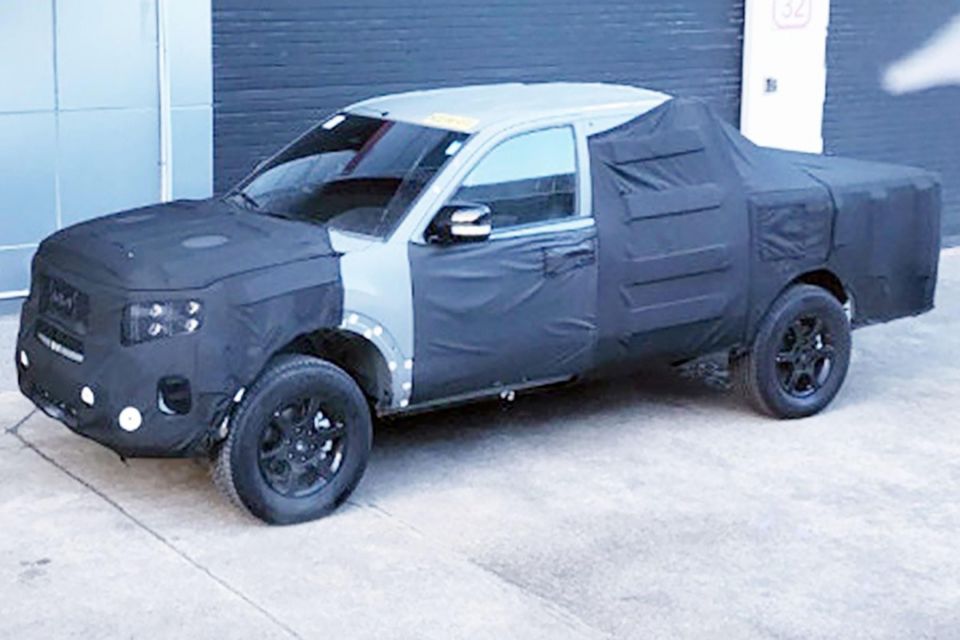
TK is just the internal codename at this stage, and the new ute will no doubt gain a proper name when it launches in the coming years.
According to dealers briefed on the vehicle, Kia has been benchmarking the TK against the segment-leading Ford Ranger and Toyota HiLux to “achieve towing capacity and payload targets”.
That indicates Kia is working to ensure the TK meets the expected capabilities of a dual-cab ute in Australia, meaning a braked towing capacity of 3500kg and a payload around the 1000kg mark depending on variant.
It also rules out the ute being a Kia-badged version of the softer, car-based Hyundai Santa Cruz offered in North America.
A production version of the Kia ute will be arriving in 2025, five years after its development began.

According to leaked dealer information, engineers from Kia head office have been flown to Australia “on multiple occasions” to experience competitors and local conditions, so you can expect the ute to be well-tailored to our roads.
The ute segment in Australia could look different by 2025 – Ford has confirmed a Ranger plug-in hybrid is launching in Europe in 2024, and it could be coming here, while the next Toyota HiLux is due around the same time likely based on the same TNGA-F architecture underpinning the LandCruiser, potentially with hybrid and all-electric options.
Beyond that, a new Mitsubishi Triton and Nissan Navara are on the horizon based on common underpinnings. Mitsubishi is also working on an electric ute to sit alongside the Triton, though it’s unclear whether this is coming to Australia.
China will also be in the mix, with GWM set to launch the Shanhai Cannon with diesel and hybrid options before the end of 2023, while the even larger King Kong Cannon is under consideration for the Australian market.
Based on the leaked information, CarExpert can confirm the production version of the Kia ute will be powered by a diesel engine, though details around capacity and cylinder count are still unknown.
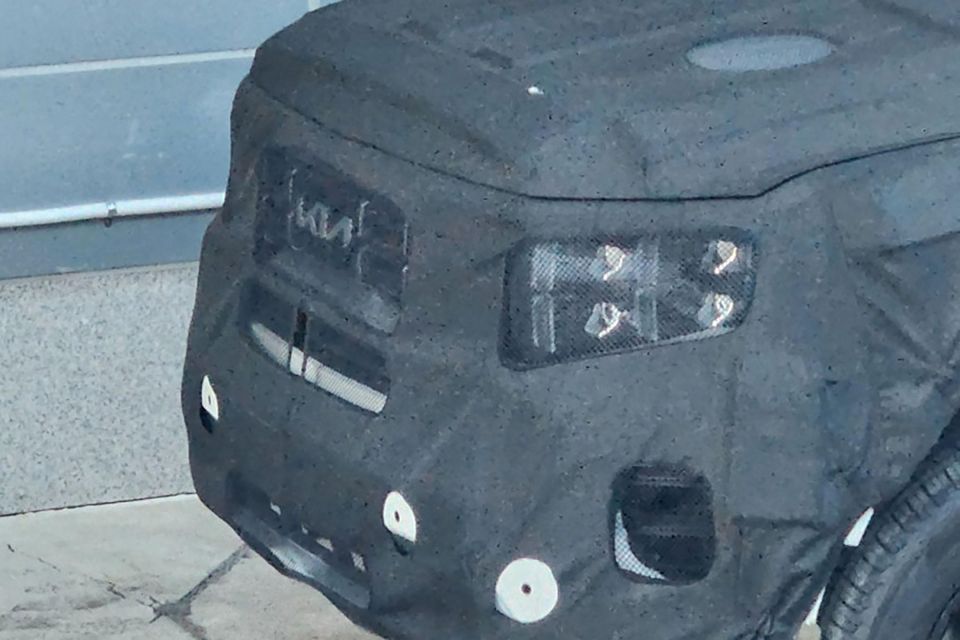
The fact a Kia Mohave SUV was used as a base for the prototype could offer some clues, however.
In Korea, the Mohave is powered by a 3.0-litre V6 turbo-diesel engine developing 189kW and 560Nm – the latter from 1500 to 3000rpm. For reference, the 3.0-litre V6 diesel in the Ranger and Amarok develops 184kW and 600Nm.
The Mohave offers four-wheel drive with electronic low-range and a range of terrain modes much like Kia’s other SUVs. An eight-speed auto is standard.
Kia has homologated its latest 3.0-litre diesel to Euro 6 standards, aligning it with emissions regulations likely coming to Australia soon, and currently in force in other markets around the world. Few utes are currently EU6 certified in Australia.
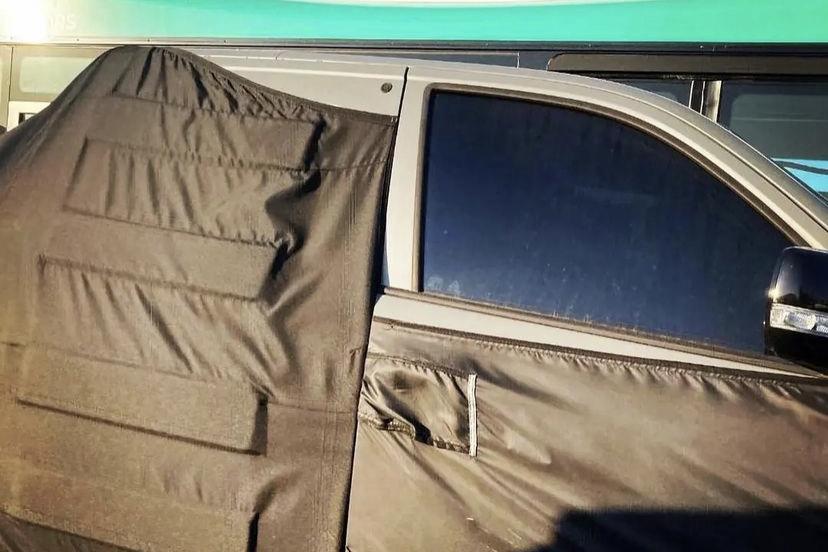
We could see Kia offer multiple engines to hit different price points and regional demands, with the brand’s 2.2-litre four-cylinder turbo-diesel another potential starter.
A commercial version of this engine currently does service in the Hyundai Staria van, making 130kW/430Nm and teamed with an eight-speed automatic transmission. In the Staria it gets standard all-wheel drive, but it’s unclear whether Kia will stick with this drivetrain or develop a more rugged 4WD system akin to the Mohave’s.
As noted earlier, the mention of the Ranger and HiLux being used as benchmarks indicates Kia is looking to give the TK ute a 3500kg braked towing capacity at least.
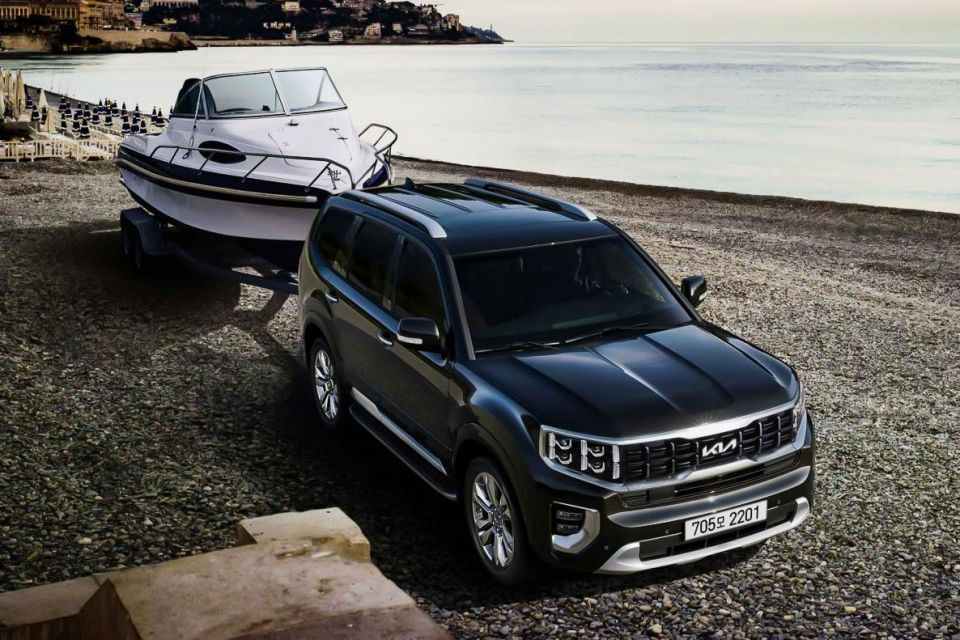
It’s understood the Mohave is already capable of towing over 3.0 tonnes, so there’s already a solid base there.
All of the Kia ute’s main competitors offer a 3.5-tonne braked towing capacity, including the Ranger, HiLux, D-Max, BT-50, Amarok and Navara.
Currently, the vehicle in Kia’s local line-up with the greatest towing capacity is the Sorento SUV, which can haul up to 2000kg with a braked trailer.
Stay tuned to CarExpert for the latest, and tell us your thoughts in the comments!
MORE: Kia ute spied again with Mohave links MORE: Kia ute snapped testing in South Korea
Where expert car reviews meet expert car buying – CarExpert gives you trusted advice, personalised service and real savings on your next new car.
James Wong is an automotive journalist and former PR consultant, recognised among Australia’s most prolific motoring writers.


Max Davies
2 Hours Ago


Damion Smy
10 Hours Ago
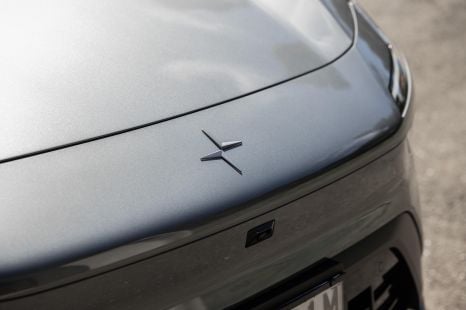

Damion Smy
11 Hours Ago


Damion Smy
13 Hours Ago
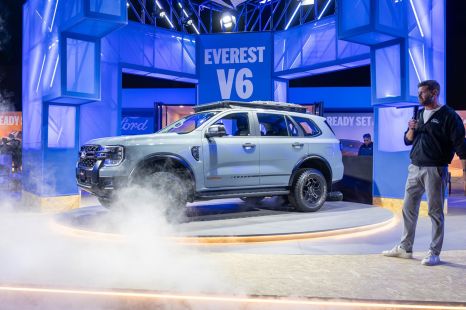

Damion Smy
15 Hours Ago


CarExpert.com.au
16 Hours Ago